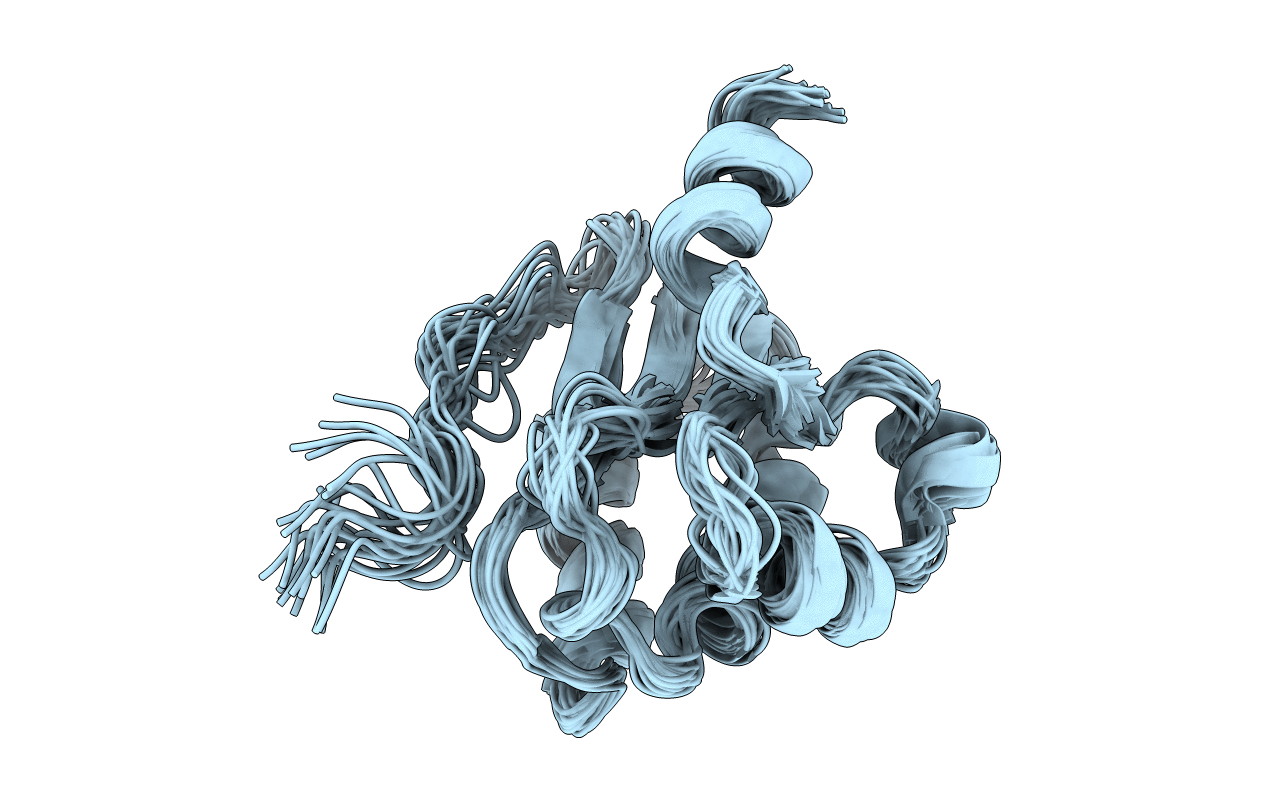
Deposition Date
2009-07-06
Release Date
2010-12-15
Last Version Date
2024-05-01
Entry Detail
PDB ID:
2KLN
Keywords:
Title:
Solution Structure of STAS domain of RV1739c from M. tuberculosis
Biological Source:
Source Organism:
Mycobacterium bovis (Taxon ID: 1765)
Host Organism:
Method Details:
Experimental Method:
Conformers Calculated:
400
Conformers Submitted:
25
Selection Criteria:
structures with the lowest energy


